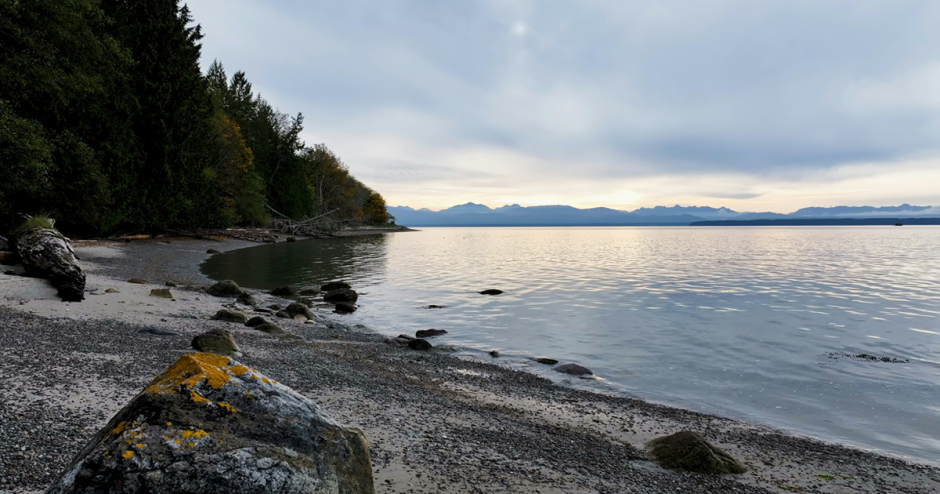
Fecal pollution in BC’s marine waters can lead to prolonged closures of shellfish harvesting areas and recreational beaches. These are important public health responses, but current surveillance methods can only detect the presence of fecal bacteria in the water, not the source — human or animal.
A two-year project led by researchers from the UBC Faculty of Medicine and the BC Centre for Disease Control (BCCDC) is poised to improve how we monitor and identify fecal pollution sources in marine waters.
“We need a better way to identify the source(s) of fecal pollution in marine waters,” says project co-lead Dr. Natalie Prystajecky, a clinical associate professor of pathology and laboratory medicine at UBC and environmental microbiologist at the BCCDC Public Health Laboratory. “Currently, when contamination is detected, harvesting areas are closed quickly. Often, the source of contamination is not known, which means there is no mechanism to prevent the contamination from happening again.”

The project, titled Genomic Ecological Microbial Source Tracking for Oceans Nature and the Environment, or GEMSTONE, will develop new methods using genomic-derived technology to determine the type and origin of fecal contaminations.
The research team is working on creating a two-step microbial source tracking test. Step one will distinguish between human and non-human contamination. If the contamination is non-human, step two will determine what animal is the source. The project will create presentations and training materials to help the industry and Indigenous communities easily learn how to use the new resources.
The project is funded through Genome British Columbia’s (Genome BC) GeneSolve Program, and brings together partners from The BC Shellfish Growers Association and the Malahat Nation.
The new test will empower local communities to gain greater control and implement better management options to respond to contamination. The shellfish industry is a vital part of the local economy in the Comox to Deep Bay region, which produces up to 70 per cent of B.C.’s oyster production. Permanently addressing contamination sources will help First Nations remove long term barriers that disproportionately affect their economy, food sources and ceremonial harvesting.
“The real value here is consumer confidence in the industry,” says Suzanne Gill, President and CEO of Genome BC. “The precision of these tests will serve as an early warning system so that we can improve the safety and viability of BC’s shellfish industry.”
A 2016–2017 Norovirus outbreak linked to oysters that affected 400 Canadians and left the shellfish industry dealing with upwards of $9.1 million in losses underscores the public health and economic urgency of this research.
A version of this story was originally published on the Genome BC website.